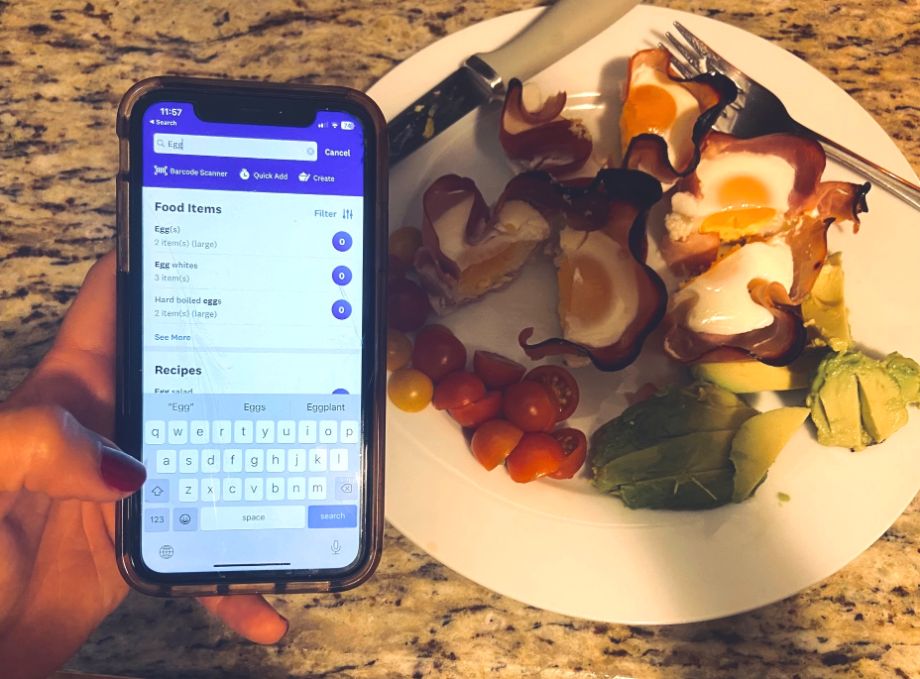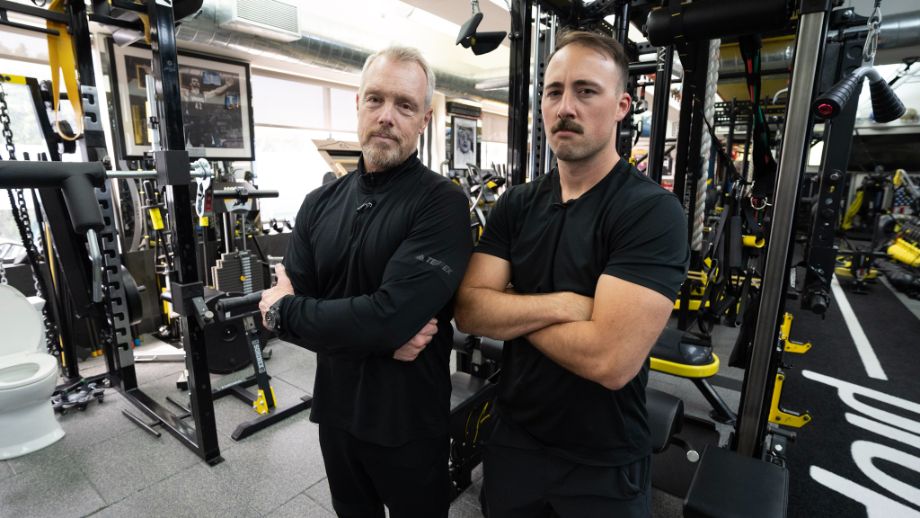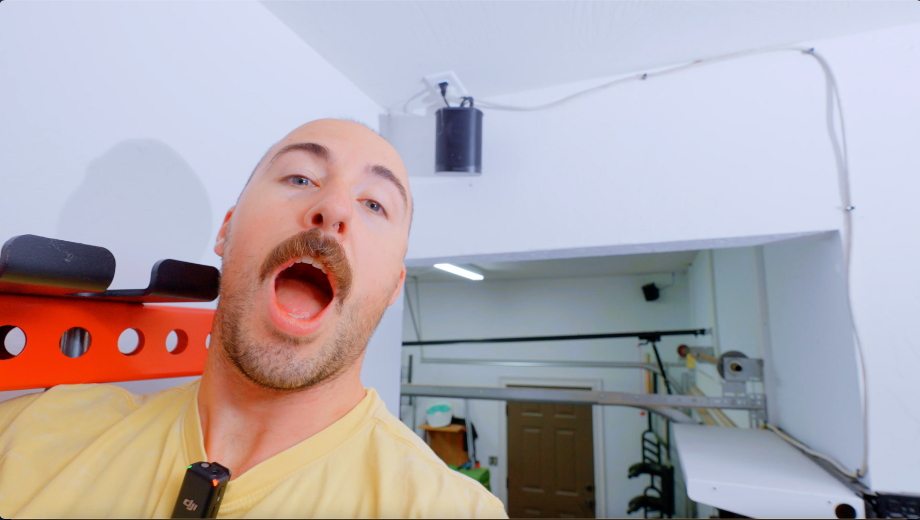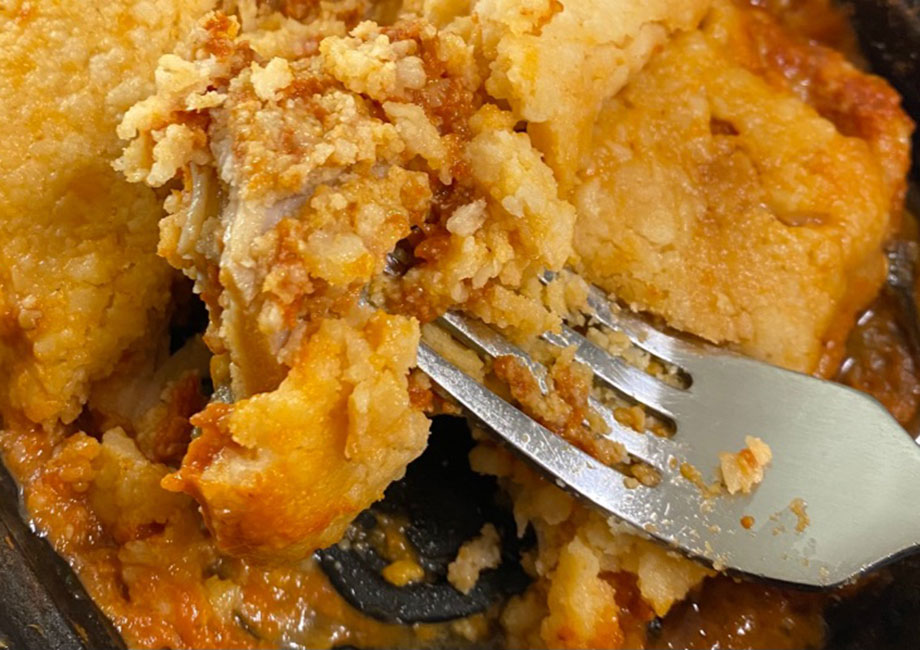Stressed about seeing the same number every time you step on the scale? Frustrated by eating in a calorie deficit and still not hitting your weight loss goals?
I’ve been there before.
Just over two years ago, I tipped the scales at an all-time high of 285 pounds—a feat I achieved through a combination of working from home, consuming far too many calories, and spending far too little time exercising. Seeing that number shook me to my core, convincing me to change my habits and rediscover my passion for fitness that waned during COVID.
RELATED: How to Lose Body Fat
Fast forward to today and I’m a certified personal trainer (CPT) who’s experienced the triumphs and tribulations of trying to transform his physique. After dropping 80 pounds and discovering how difficult and rewarding the body recomposition process can be, I’ve learned some useful tips on breaking a weight loss plateau that can give you a much-needed physical and mental boost.
What Is a Weight Loss Plateau and Why Does It Happen?
A weight loss plateau is simply a point in your journey where you’re stuck at the same number on the scale for several weeks, if not longer. According to a 2014 study1 in the American Journal of Clinical Nutrition, weight loss plateaus usually begin six months after starting a low-calorie diet. However, this all depends on your starting weight and the strategies you employ to lose weight.
I ran into that proverbial brick wall right around that six-month mark after trimming down from 285 pounds to about 245. That happened despite the fact I still followed a high-protein diet, strength trained routinely, and even threw in some cardio. As anyone who’s gone on a weight loss journey discovers, a plateau is an inevitable part of the process.
RELATED: How Much Cardio to Lose Weight
There could be a number of reasons you’re not seeing the number on the scale shift. Being in a chronic calorie deficit can cause your metabolism to slow down. The mental stress of dieting can lead to elevated cortisol levels2, which will sabotage your progress. Or, you may not be getting quality sleep.
13 Simple Tips on Breaking a Weight Loss Plateau
From assessing your eating habits to cutting back on carbs to changing your cardio routine, there are many easy ways to do things differently to get the scale moving in the right direction. Based on my experience and helping many clients lose a significant amount of body fat, I’ve compiled 13 simple tips on breaking a weight loss plateau that you should keep in your health and wellness toolkit.
- Keep a Food Journal
Remember the old saying, “You are what you eat?” There’s certainly some truth to that. Unfortunately, many people (I can be guilty of it too) make poor food choices, underestimate portion sizes, and end up overeating.
If you’ve hit a wall in your weight loss journey, take a closer look at what you’re actually putting into your body by keeping a food journal. Document everything you eat for a week or two—including snacks, condiments, and any other calorie-containing substances—so you can get a realistic picture of your food intake. You may be surprised at how many extra calories you consumed by putting far too much peanut butter in your post-workout smoothie than the recommended serving size.
If the pen-and-paper approach isn’t your style, many of the best weight loss apps have a food log component that makes it easy to track your calorie and macronutrient intake.
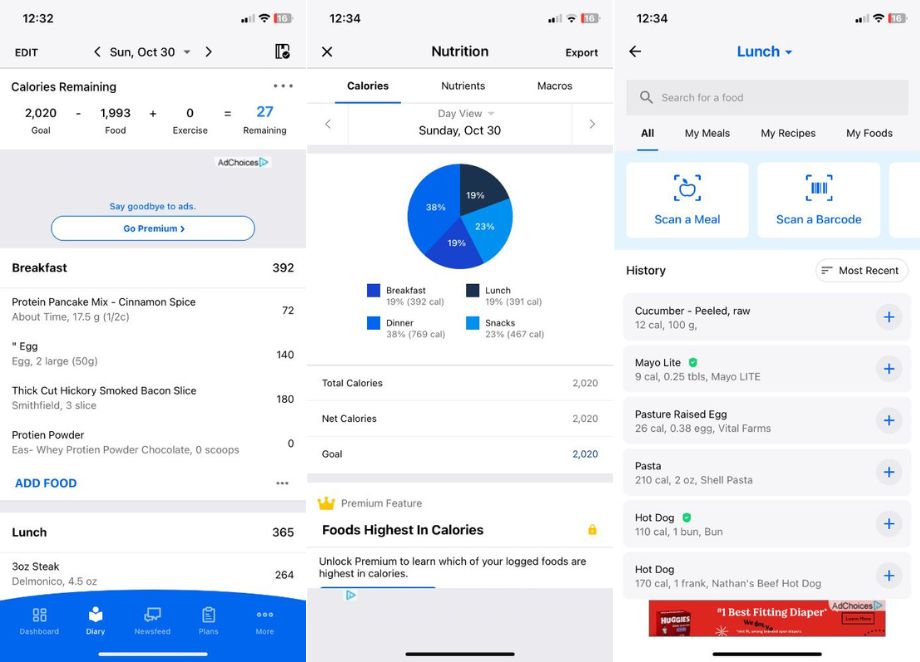
RELATED: Macros for Weight Loss
- Follow a Structured Meal Plan
While some of my clients have no problem with healthy eating, others need direction on not only what to eat but also when to eat. The reality is that some people need structure to thrive—and that’s OK! A certified nutritionist can put you on the right path by calculating your caloric and macronutrient needs, teaching you how to read food labels, and evaluating eating plans.
Meanwhile, a registered dietitian can provide even more support by creating and prescribing meal plans based on your health metrics and goals. Ultimately, the key is having a structured eating approach that ensures you get sufficient protein (more on that to come), vitamins, and minerals for your mind and body to function optimally.
RELATED: Diet-To-Go Meal Plans
- Prioritize Protein
Whether you want to lose weight or build muscle, you can’t go wrong by increasing your protein intake. As the most vital macronutrient, it’s critical for putting on muscle mass, making hormones and enzymes, and creating strong bones. More importantly—at least from breaking a weight loss plateau perspective—it’s the most satiating macro.
Just think about it: How quickly do you get full after eating a ribeye or some grilled chicken compared to chips and junk food? Protein not only keeps you full longer, but it also requires a fair amount of energy to digest. In fact, you only absorb about 70% of the caloric content from protein due to the thermic effect of food3 (TEF).
Luckily for your jaw muscles, you don’t have to chew on copious amounts of steak to hit your protein goal. From smoothies to eggs to Greek yogurt, you can get quality protein from a number of sources, including supplements like the best whey protein to fill in any gaps.
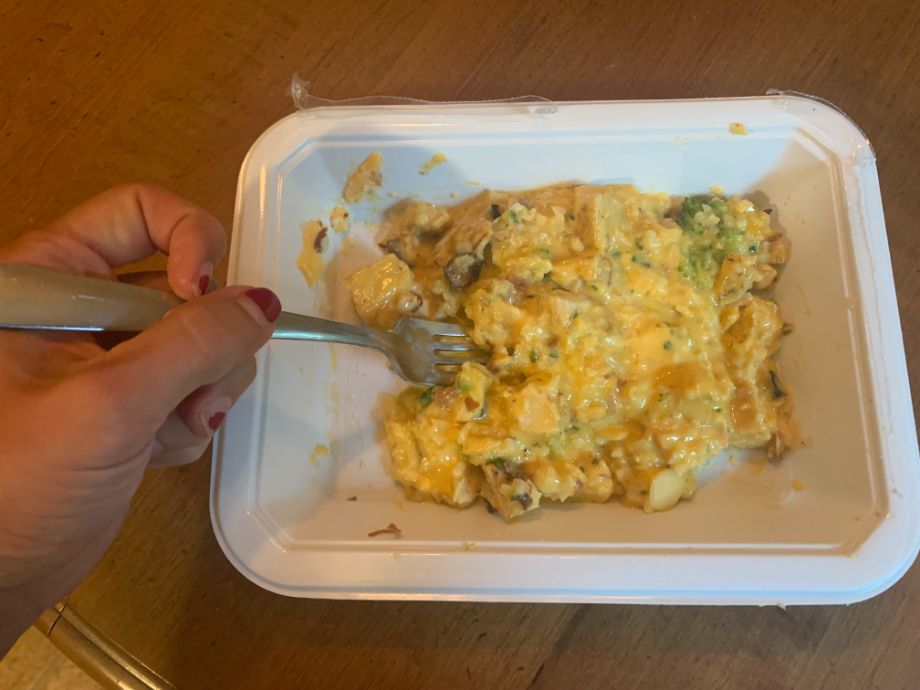
RELATED: Are Protein Shakes Good for Weight Loss?
- Reduce Your Carbohydrate Intake
Is the keto diet necessary to break a weight loss plateau? Absolutely not.
However, cutting back on carbs—at least in the short term—can be a useful strategy to get the number on the scale to drop. I’ve utilized low-carb diets for years as a way to help manage my relationship with food (I have a huge sweet tooth) and take advantage of some of the benefits of fueling up with healthy fats and protein instead of carbs.
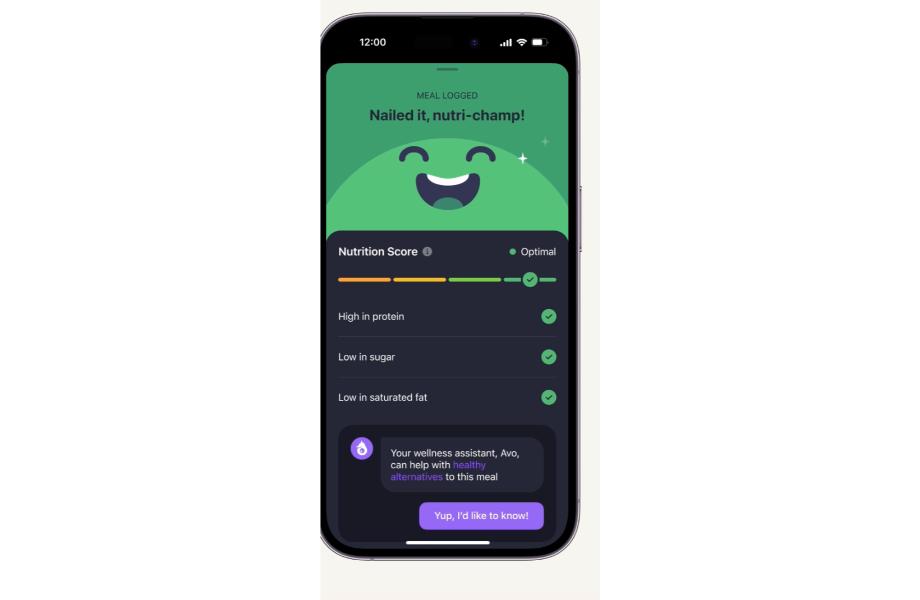
RELATED: High-Protein, Low-Carb Foods
What does that look like? It may mean saying goodbye to bread and pasta for a little while and replacing them with potatoes and sweet potatoes. Or, maybe you swap out that late-night ice cream for Greek yogurt topped with strawberries for a “healthy” dessert.
Remember to log your food intake so you can assess how reducing your carbs affects your body weight and your workouts. This will allow you to make necessary adjustments, such as timing your carbs around your training sessions for optimal performance.
RELATED: How Much Carbs, Protein, and Fat Per Day Is Ideal?
- Experiment With Intermittent Fasting
Looking for an easy way to break a weight loss plateau? How about one that requires you to do nothing but focus on whatever tasks you need to get done? Intermittent fasting (IF) has grown in popularity over the years as an effective method to shed body fat, improve insulin sensitivity (a key issue related to obesity), and curb cravings. Plus, the benefits of fasting also include increased mental clarity4—a nice bonus when you’re dedicating so much energy and attention to losing weight.
Just like there are many types of workout splits, there are different ways to incorporate IF. Start with a 16:8 fast where you have a 16-hour fasting window, followed by an eight-hour eating period. You can also try something like OMAD (one meal a day) and see if that gets the scale moving in the right direction. Just be aware that fasting isn’t necessarily a magic weight loss pill. It may simply be a tool that allows you to eat in a calorie deficit because of your restricted eating window.
No matter which form you choose, make sure to eat enough protein and take note of any body composition changes that occur so you can determine the effectiveness of your fasting protocol.
RELATED: Working Out While Intermittent Fasting
- Avoid Alcohol and Sugary Drinks
Consuming “liquid calories” is a surefire way to derail or halt your progress. Rid your fridge of fruit juices, alcohol, soda, and any other sugary beverages. I consider these “empty” calories that do nothing but make it more difficult for you to stay in a deficit and remain on track to hit your weight loss goal.
Now, does this mean you can never enjoy a drink again? Of course not. But if your fat loss efforts haven’t led to results, give those beverages a break for a few weeks (or longer) and see what happens.
I’m confident the scale will be in your favor.
RELATED: Creatine and Alcohol
- Increase Your Water Intake
It’s no secret that hydration is essential for your overall health. If you’re getting rid of calorie-containing drinks, simply replace them with good ol’ H2O. Increasing your water intake will help you perform better in and out of the gym, as hydration plays a key role in muscle and brain function.
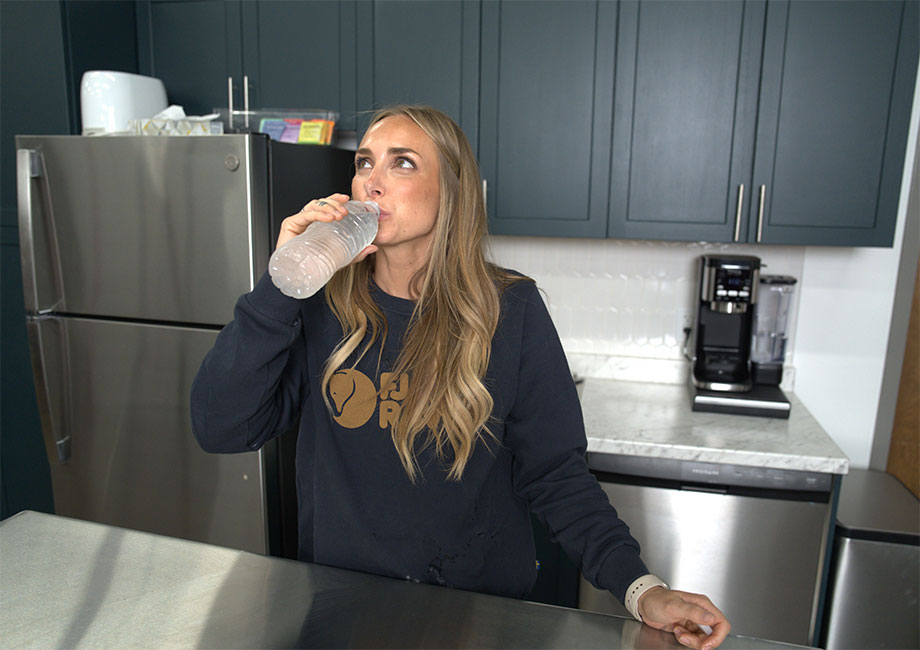
Not a fan of plain water? Add an electrolyte powder to your bottle for added flavor and nutrients. Or, you can make the transition by using sugar- and calorie-free mix-ins to make your water more palatable.
RELATED: What Is Protein Water?
- Increase Your Fiber Intake
One of the keys to weight management is satiety, or not feeling hungry. Drinking more water will certainly help in that regard, but so will increasing your fiber intake. Fiber not only slows down digestion to keep you feeling full longer, but it also slows down the release of glucose in your bloodstream.
So, how can you get more fiber in your diet? Leafy greens, fruits, vegetables, and whole grains are all great choices. You can also go the supplement route, as there are different powders available that can keep things moving smoothly—including the number on the scale.
RELATED: Best Fiber Supplement
- Incorporate High-Intensity Interval Training (HIIT)
Take an objective look at your physical activity level and ask yourself, “Can I do more?” If you’ve been sticking to the typical steady-state cardio and casual strength training protocol, it’s time to take things to another level.
RELATED: Steady-State Cardio Vs HIIT
High-intensity interval training (HIIT) involves alternating between periods of intense exercise and rest. This hybrid form of strength-and-cardio training can increase your metabolic rate5, helping you build muscle and burn fat simultaneously. You can perform HIIT on a cardio machine, with weights, or with bodyweight exercises.
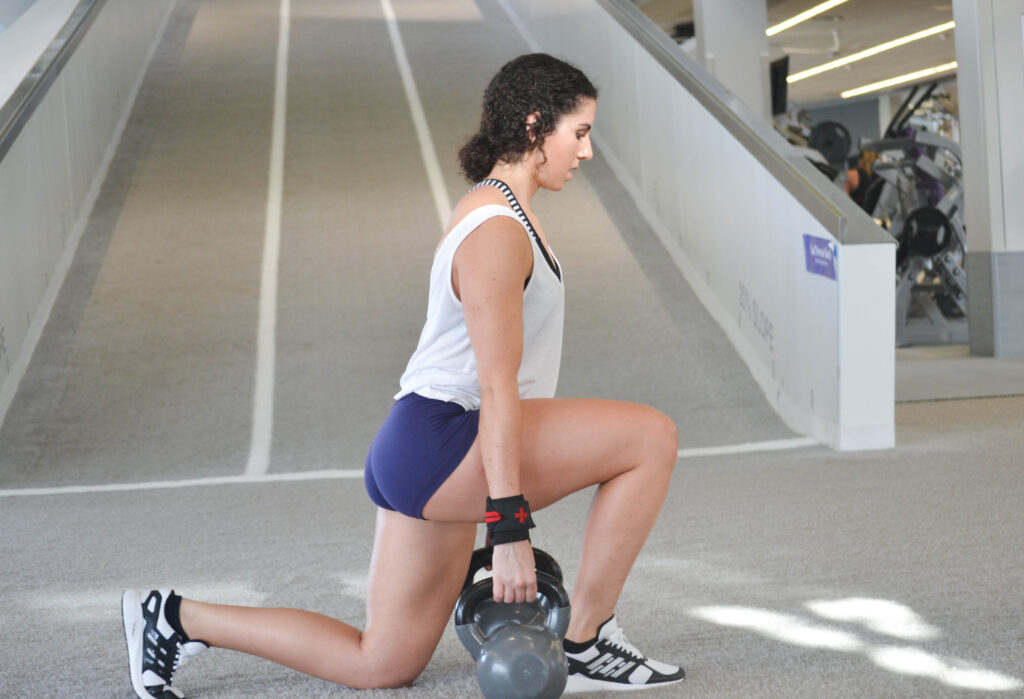
The key is giving all-out effort for your work interval and trying to recover fully during your rest interval. Between the high-calorie burn and excess post-exercise oxygen consumption (EPOC)—the energy your body uses to return to a resting state—HIIT offers excellent upside as a way to support your weight loss efforts without changing the number of calories you consume if you’re already in a calorie deficit.
RELATED: Elliptical HIIT Workout
- Include More Strength Training in Your Exercise Routine
One of the biggest weight-loss myths is that cardio is the key to losing weight. While walking on a treadmill or going for a jog will increase your energy expenditure, most people—and I’d argue all—would benefit from more resistance training in their fitness routine.

Even if you’re not necessarily focused on building a stage-worthy physique, lifting weights consistently will increase your overall strength and muscle mass. Because lean muscle is a more metabolically active tissue than body fat, your metabolism can increase6 if you make resistance training more of a priority.
Try different strength training protocols to see what works for your schedule and fitness level. You may like the day-by-day approach of the bro split workout, or you may prefer knocking out a few full-body strength training sessions per week.
RELATED: Cardio Vs Weights for Weight Loss
- Use a Weight Loss Program
If your weight loss stalls and you just can’t seem to figure it out on your own, there’s nothing wrong with relying on some assistance. A weight loss program like Weight Watchers or Noom can provide structure, accountability, and instruction to help you overcome a plateau. Compare the different apps and services available so you can find one that best suits your lifestyle, goals, and budget.
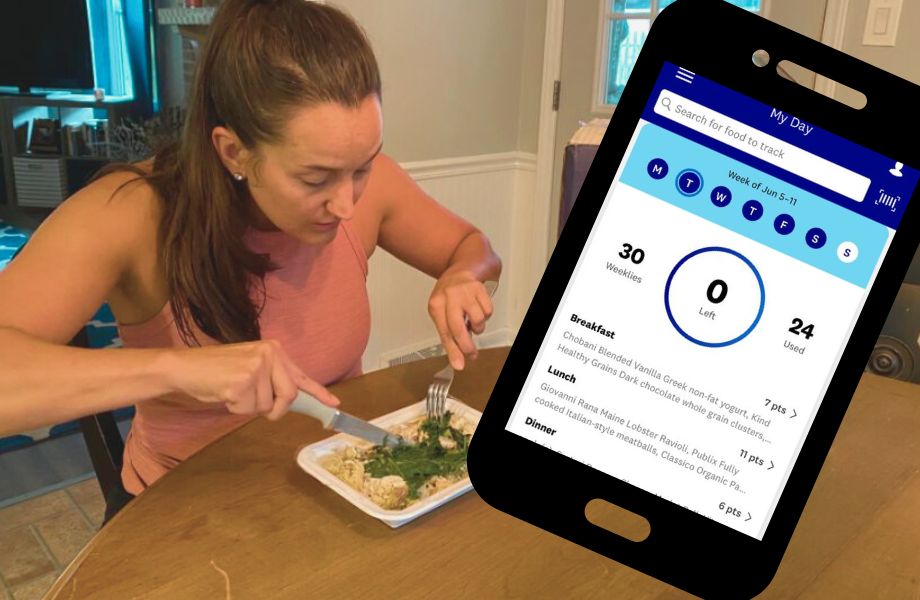
RELATED: Best Weight Loss Programs
- Manage Your Stress Levels
Anyone who’s attempted to lose weight can attest to how stressful it can be to wake up every morning and walk by that dreaded scale. Why set yourself up for failure by letting negative self-talk get in the way of a positive day?
Between work, training, and other responsibilities, it’ll all too easy to let stress get the best of you. Elevated cortisol levels will do nothing to help you lose weight and everything to stall your progress. A 2018 study7 on the impact of a stress management program on weight loss found that participants in the intervention group achieved a significantly larger reduction in body mass index (BMI) than the control group. Find ways to relax and unwind so your mind and body can work in sync. That could include meditation, yoga, or spending time in a dry sauna after your workout.
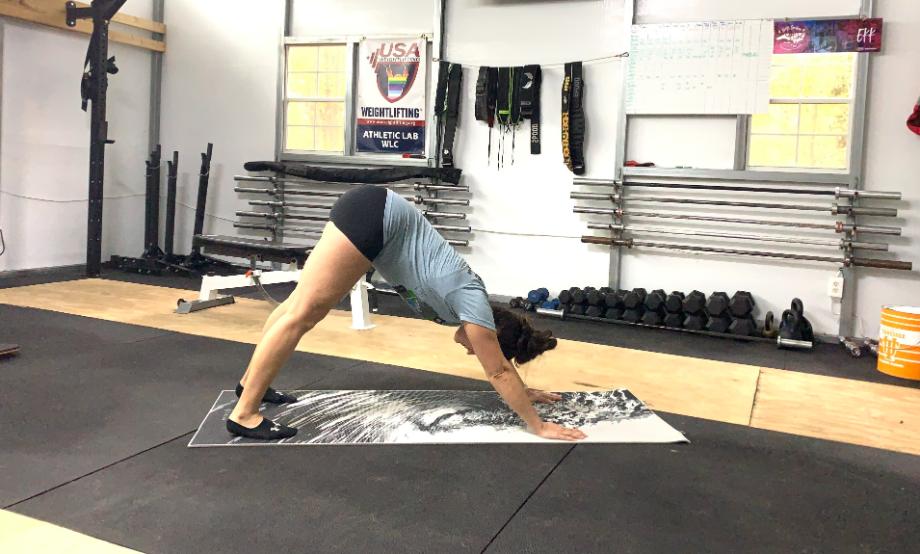
RELATED: Dry Sauna Benefits
- Don’t Base Your Progress Solely on the Scale
Seeing a number pop up on the screen can make or break your mood. However, coming from someone who used to weigh himself daily, I assure you the scale isn’t the only (or even the best) way to assess your progress. I’d argue that your body fat percentage gives a more accurate representation of your success, as your body composition matters far more than your body weight.
Instead of stepping on the scale, use a tape measure to track changes in your waist, hips, chest, thighs, and neck. Take weekly or bi-weekly progress pictures using the same angles and lighting to see how your body’s changing. You can also tell if you’ve lost body fat by how your clothes fit, as baggier shirts and looser pants will signify you’re on the right track.
RELATED: 5 Signs You’re Making Progress in Your Workouts
Tips on Breaking a Weight Loss Plateau: Final Thoughts
As someone who’s struggled with weight issues dating back to childhood, I’ll be the first to admit that losing weight isn’t easy. However, it’s also far from impossible. Genetics, diet, exercise, sleep, and recovery all play critical roles in your body composition and ability to get in optimal shape.
Even if you feel like you’re doing everything right, don’t be surprised when the number on the scale stays the same for a few weeks. Instead of getting discouraged, use these tips on breaking a weight loss plateau to reinvigorate your mind and body to continue your journey.
Tips on Breaking a Weight Loss Plateau: FAQs
How long does a weight loss plateau last?
A weight loss plateau can last for four weeks to several months. Individual factors such as your diet, training routine, sleep schedule, and stress levels can all affect how long your plateau lasts.
What strategies can help me overcome a weight loss plateau?
Incorporating strength training, increasing your protein intake, adjusting your calorie intake, reducing stress, and getting quality sleep can help you overcome a weight loss plateau.
Can changing my workout routine help me overcome a weight loss plateau?
Yes, changing your workout routine will provide your body with a new stimulus that may help you lose weight and build muscle. This could include incorporating more resistance training, high-intensity interval training (HIIT), or dedicated cardio sessions.
Should I eat more to break a weight loss plateau?
Although it may seem counterintuitive, temporarily increasing your caloric intake (reverse dieting) can help break a plateau by boosting your metabolism and preventing your body from adapting to a long-term low-calorie diet.
What are the best foods to break a weight loss plateau?
Single-ingredient (or as close as possible) foods like fruits and vegetables, lean protein sources, eggs, and yogurt are some of the best foods to break a weight loss plateau. In addition to being nutrient-dense, unprocessed foods also keep you satiated.
References
- Thomas, D. M., Martin, C. K., Redman, L. M., Heymsfield, S. B., Lettieri, S., Levine, J. A., Bouchard, C., & Schoeller, D. A. (2014). Effect of dietary adherence on the body weight plateau: a mathematical model incorporating intermittent compliance with energy intake prescription. The American Journal of Clinical Nutrition, 100(3), 787–795. https://doi.org/10.3945/ajcn.113.079822
- Tomiyama, A. J., Mann, T., Vinas, D., Hunger, J. M., DeJager, J., & Taylor, S. E. (2010). Low calorie dieting increases cortisol. Psychosomatic Medicine, 72(4), 357–364. https://doi.org/10.1097/psy.0b013e3181d9523c
- Calcagno, M., Kahleova, H., Alwarith, J., Burgess, N. N., Flores, R. A., Busta, M. L., & Barnard, N. D. (2019). The Thermic Effect of Food: A Review. Journal of the American College of Nutrition, 38(6), 547–551. https://doi.org/10.1080/07315724.2018.1552544
- Gudden, J., Vasquez, A. A., & Bloemendaal, M. (2021). The effects of intermittent fasting on brain and cognitive function. Nutrients, 13(9), 3166. https://doi.org/10.3390/nu13093166
- Hirsch, K. R., Greenwalt, C. E., Cabre, H. E., Gould, L. M., Brewer, G. J., Blue, M. N. M., Ferrando, A. A., Huffman, K. M., Mayer-Davis, E. J., Ryan, E. D., & Smith-Ryan, A. E. (2021). Metabolic effects of high-intensity interval training and essential amino acids. European journal of applied physiology, 121(12), 3297–3311. https://doi.org/10.1007/s00421-021-04792-4
- Aristizabal, J., Freidenreich, D., Volk, B. et al. Effect of resistance training on resting metabolic rate and its estimation by a dual-energy X-ray absorptiometry metabolic map. Eur J Clin Nutr 69, 831–836 (2015). https://doi.org/10.1038/ejcn.2014.216
- Xenaki, N., Bacopoulou, F., Kokkinos, A., Nicolaides, N. C., Chrousos, G. P., & Darviri, C. (2018). Impact of a stress management program on weight loss, mental health and lifestyle in adults with obesity: a randomized controlled trial. Journal of molecular biochemistry, 7(2), 78–84.


